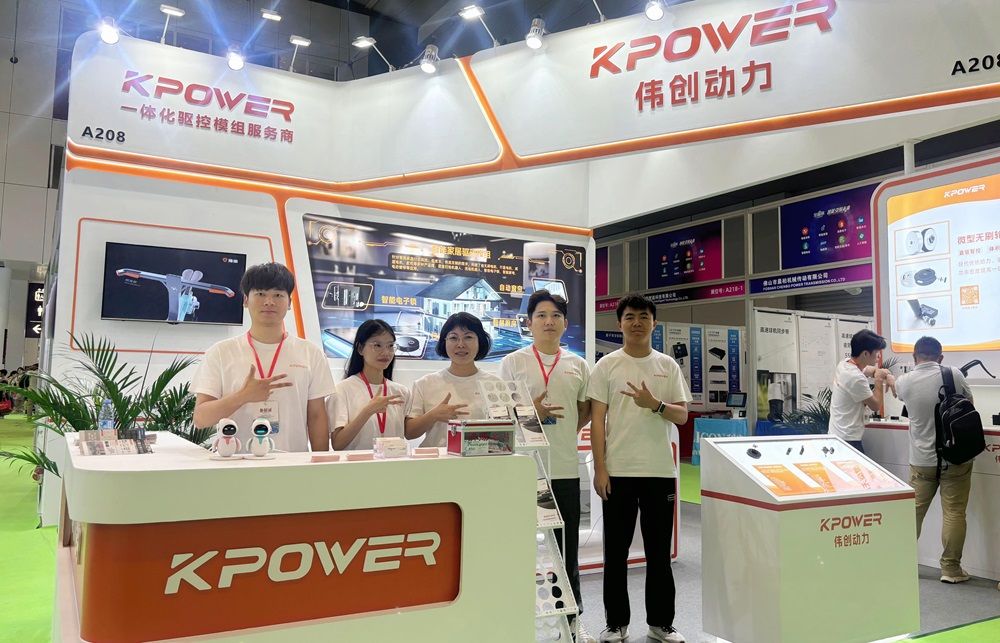Ever been tinkering with a robot arm or maybe a little flying drone and thought, "Hey, I need something tiny but powerful"? That’s where the micro servo 9g comes into play. These little guys are like the muscle behind your projects, tiny in size but mighty in function. And when you're diving into the datasheet PDF for a micro servo 9g, you’re essentially peering into its DNA—seeing what makes it tick and how to make it serve your creative needs.

Let's be real—finding the right datasheet isn't just about ticking boxes. It’s about understanding how this tiny servo can bring your project to life. You see, its small stature means it’s perfect for compact setups, like mini-robots or camera gimbals. But don’t mistake size for weakness. The datasheet reveals a 9g servo typically offers a torque of around 1.2 kg-cm, and a speed of approximately 0.12 seconds per 60 degrees at 4.8V. That’s pretty decent performance in such a petite package. So, if quick response and precision are what you need, it fits right into the picture.
Are you wondering if this servo will work with your particular setup? The datasheet clears up most of those questions—like what voltage range it needs (usually from 4.8V to 6V), and how much current it consumes during operation. It often includes detailed diagrams showing the circuit connections, which is a comfort if you’re wiring it up for the first time. And, the lifespan—well, the datasheet highlights the expected operating cycles, so you know when it might start wearing out.
But what sets a good datasheet apart? Clarity, honestly. It’s not just a jumble of specs. It’s about how those specs translate into real-world action. For example, knowing that this servo can rotate roughly 180 degrees gives you an idea—okay, it can perform standard pan or tilt moves, but is it suitable for wide-angle applications? The answer usually lies in those voltage and torque figures.
And speaking of real-world application, imagine an FPV drone camera gimbal. The quick response of a 9g micro servo enables smooth stabilization without adding much weight. Or a small robotic arm—these servos can be programmed for precise mini-movements, all backed by their datasheet’s specs. That’s the beauty of going through a proper, detailed PDF: it empowers you to match a servo to your project’s demands.
Sometimes, questions sneak in—"Will this servo handle continuous operation?" "What’s the lifespan under high duty cycle?" The datasheet, if read carefully, gives clues—like the recommended operating voltage and stall torque moment. It’s like a roadmap for maximizing performance without pushing the boundaries too hard.
All in all, the datasheet for a micro servo 9g isn’t just a collection of numbers. It’s a toolkit—a way to decode what this tiny piece of machinery can do. Whether you’re building something for fun or exploring new tech ideas, knowing the ins and outs helps you trust the hardware and focus on innovating. That’s what makes a detailed datasheet worth every glance.
Established in 2005, Kpower has been dedicated to a professional compact motion unit manufacturer, headquartered in Dongguan, Guangdong Province, China. Leveraging innovations in modular drive technology, Kpower integrates high-performance motors, precision reducers, and multi-protocol control systems to provide efficient and customized smart drive system solutions. Kpower has delivered professional drive system solutions to over 500 enterprise clients globally with products covering various fields such as Smart Home Systems, Automatic Electronics, Robotics, Precision Agriculture, Drones, and Industrial Automation.




































